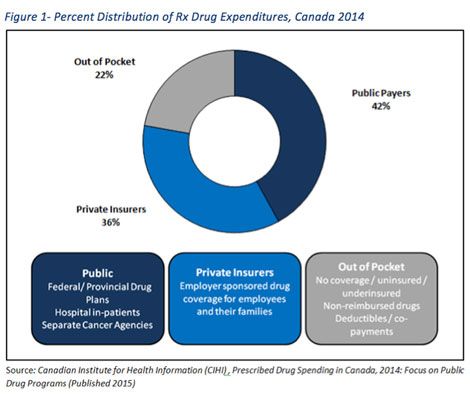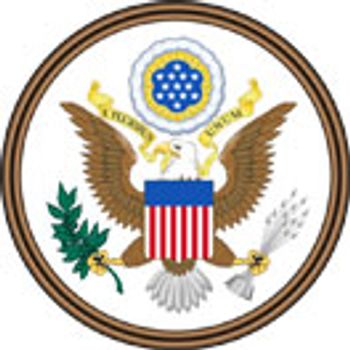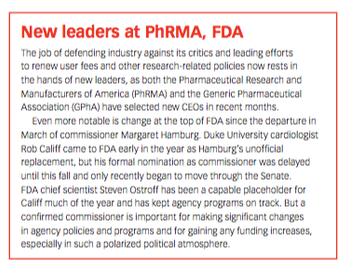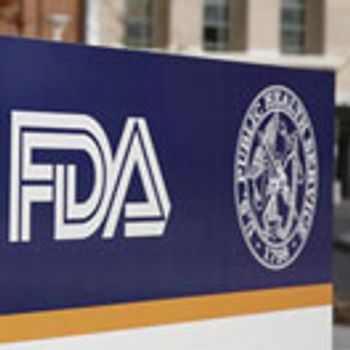
It’s easy to foresee controversy in 2016 as lagging global economic growth and a messy US political slugfest force the pharma industry’s feet to the fire. Can the industry reclaim a semblance of public approval by confronting its pricing demons and focusing on innovation and a fresh, patient-first message?











